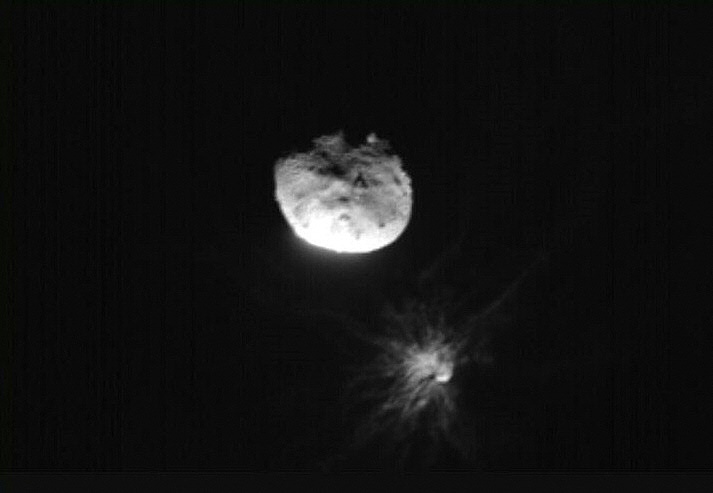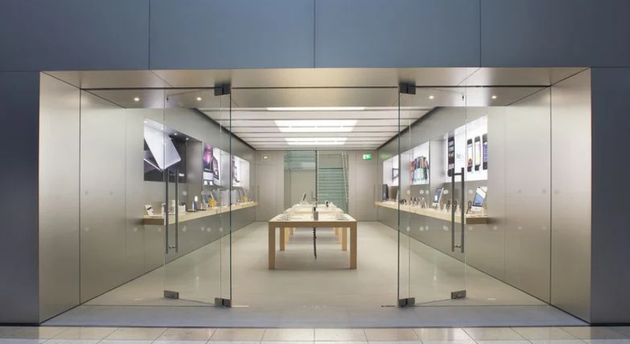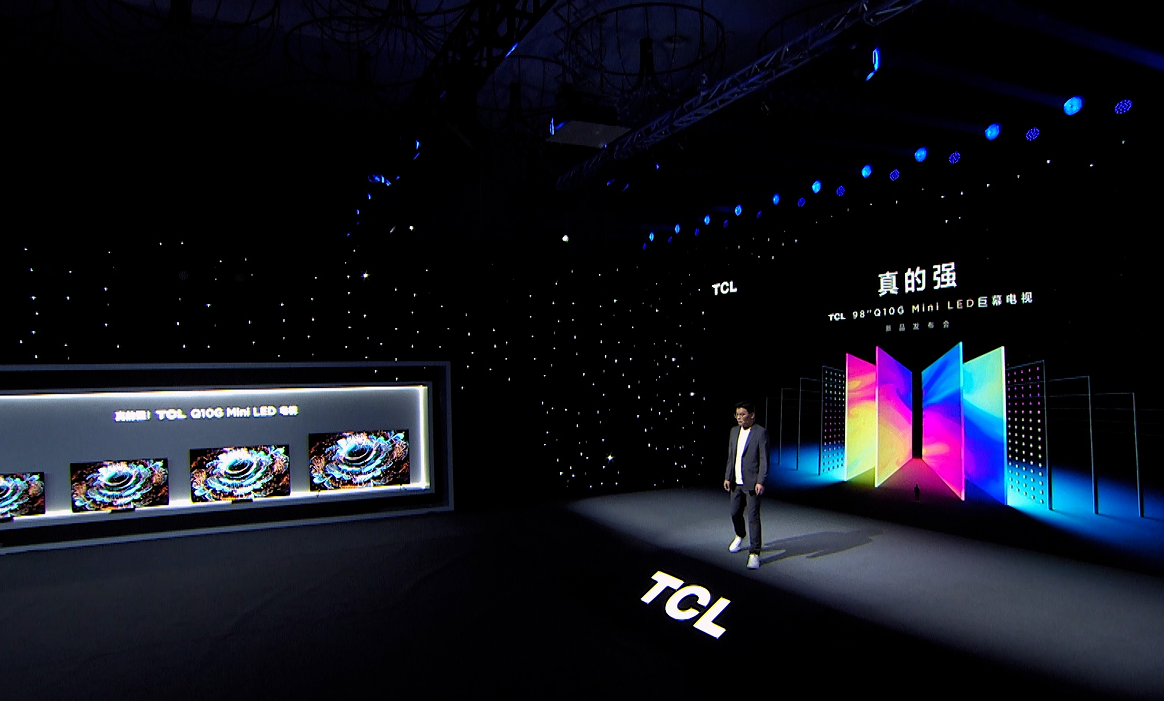your current location is:Home > TechnologyHomeTechnology
NASA announces successful test mission to push asteroid out of orbit using spacecraft impact
On the 11th local time, the National Aeronautics and Space Administration (NASA) held a press conference on the "Double Asteroid Redirection Test" (DART) mission, announcing that the agency used a spacecraft to impact a distant asteroid The test mission to push the planet out of orbit was a success. This test shows that humans can use the science and technology at their disposal to avoid the risk of a possible future asteroid hitting the Earth.
 On October 11, NASA's Double Asteroid Redirection Test (DART) mission, just before its closest approach to the Double Asteroid asteroid on September 26, 2022. (Visual China)
On October 11, NASA's Double Asteroid Redirection Test (DART) mission, just before its closest approach to the Double Asteroid asteroid on September 26, 2022. (Visual China)NASA's chosen target for the impact is a binary asteroid system in which one asteroid is orbited by another, smaller moon. The diameter of the main asteroid "Didymos" is about 780 meters, and the diameter of its small satellite "Dimovers" is about 160 meters, and it is located in an orbit about 1 km away from the main asteroid. The target asteroids "Diddymos" and "Diddymos" were carefully chosen, neither are in orbits intersecting the Earth, and slight changes in their orbits would not increase this risk . On September 26, the test was successfully carried out, and the pictures returned by the spacecraft showed that the spacecraft accurately hit the "body" of the "Dimophos" asteroid. The energy from the impact, combined with the recoil of the ejected particles from the collision, dramatically changed the path of the Dimovers through space.
After about 2 weeks of continuous observation and data analysis, NASA announced that before the impact, "Dedymos" circled "Didimos" about every 11 hours and 55 minutes. After the impact, according to astronomical observations, the orbital time is now 11 hours and 23 minutes, which is 32 minutes less than before. Now, "Dedymus" orbits slightly closer to "Diddymus." According to NASA standards, the minimum requirement for the test to be successful is 73 seconds, and this time it has greatly exceeded that requirement.
According to NASA, scientists will now focus on analyzing the "splashes" of the impact mission, that is, the debris generated when the spacecraft hit the asteroid at high speed. NASA said that the recoil caused by the splash enhances the thrust of the aircraft hitting the asteroid, which is somewhat similar to the airflow ejected by a balloon, which can push the balloon in the opposite direction.
To further understand the recoil of the splash, it is necessary to understand the physics of the asteroid. When NASA carried out the impact mission, the Italian Space Agency's spacecraft LICIACube also flew all the way to photograph and record the mission process. Scientists can learn more about the asteroid "Demophos" by analyzing these images.
In October 2024, the European Space Agency will launch a space probe to closely assess the impact of the impact test on the asteroid.
related articles
Article Comments (0)
- This article has not received comments yet, hurry up and grab the first frame~













